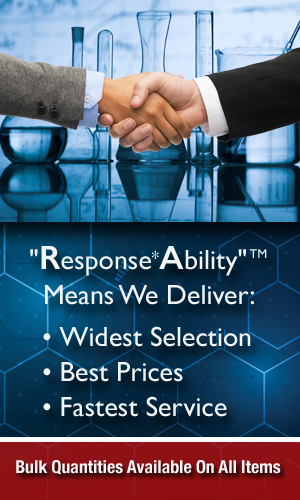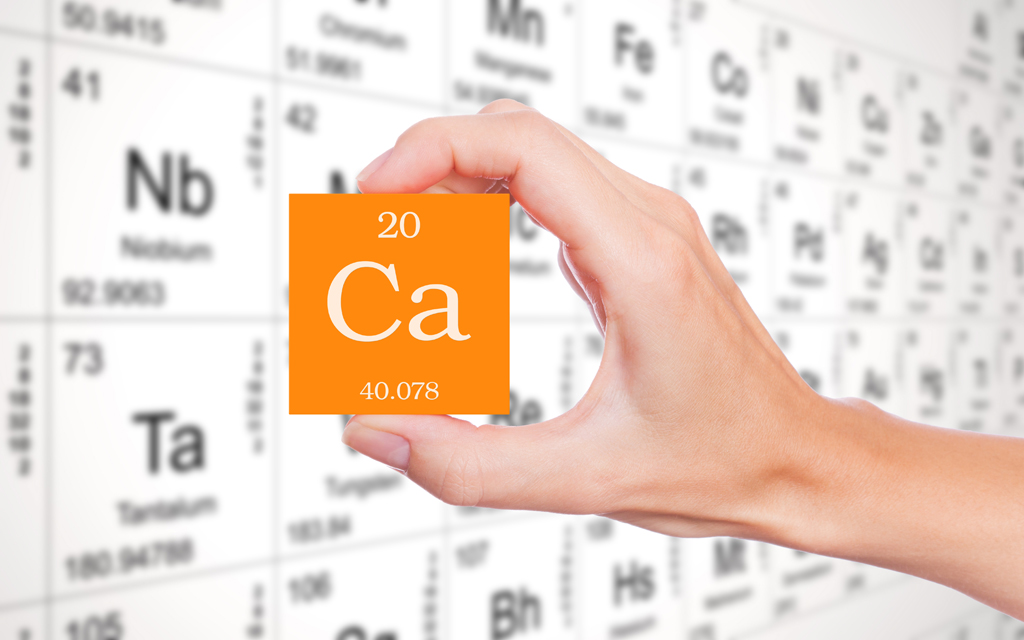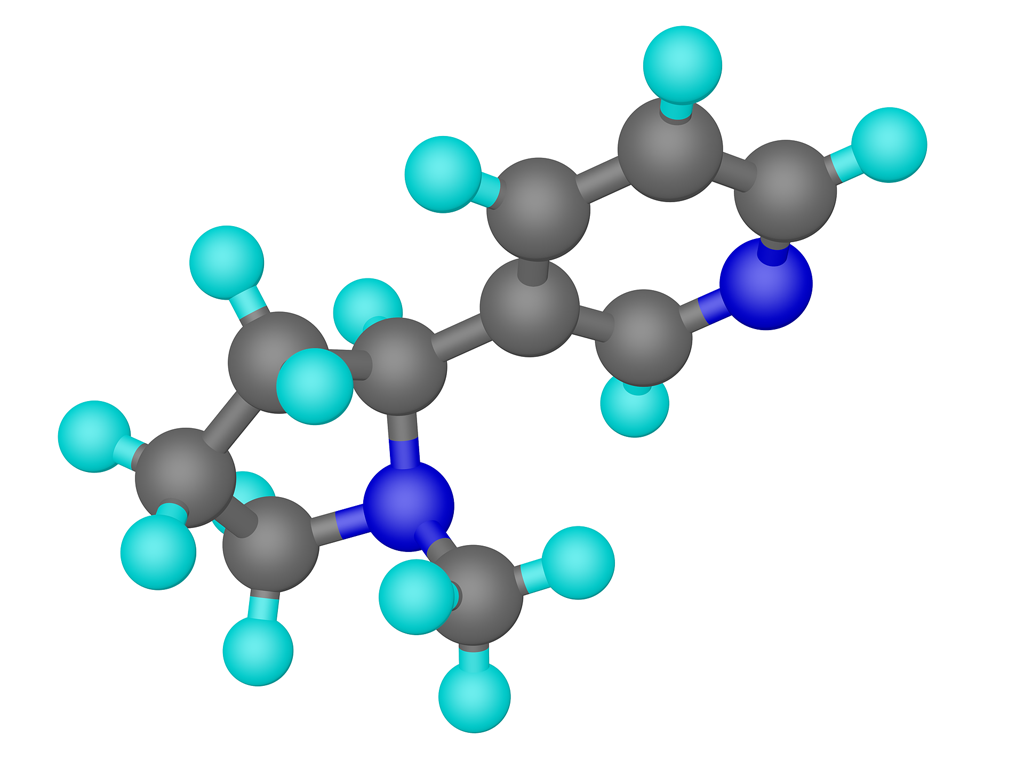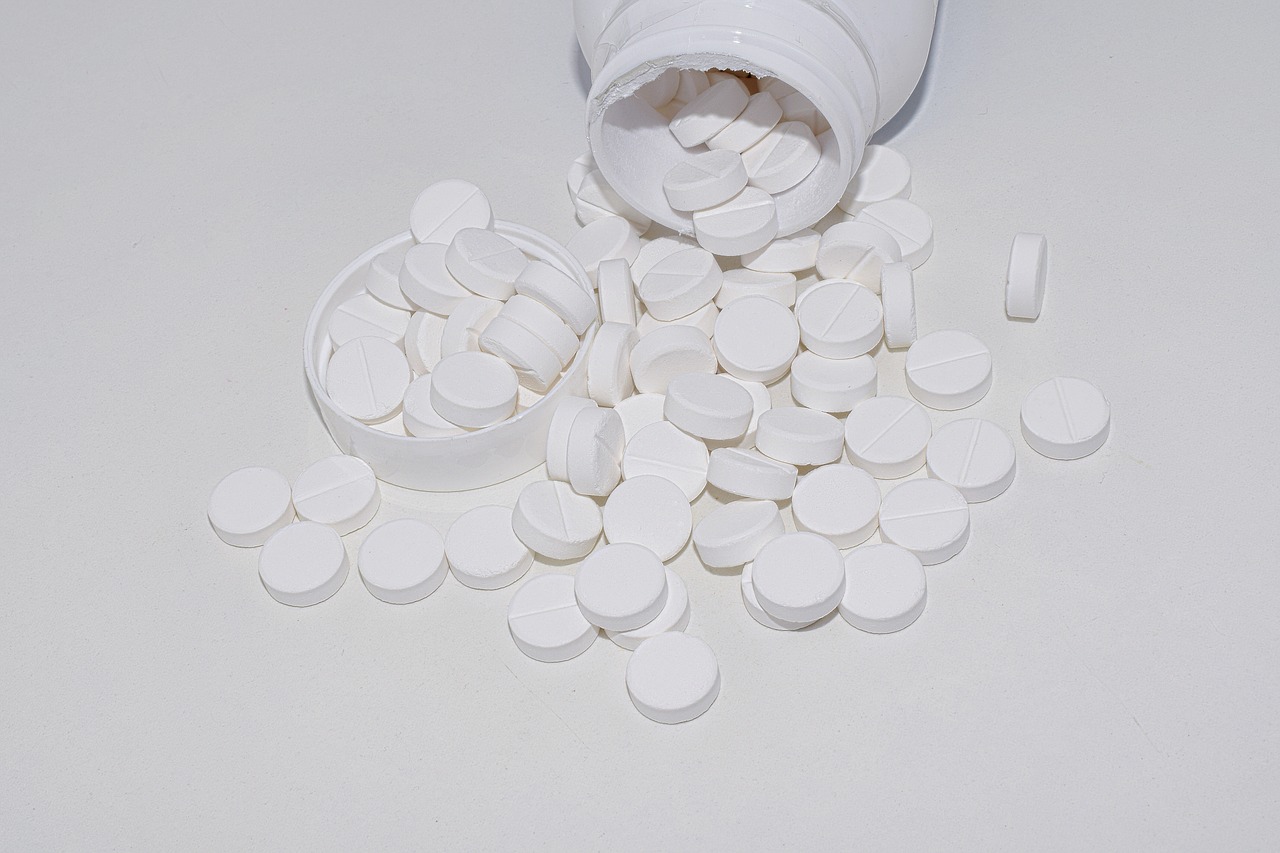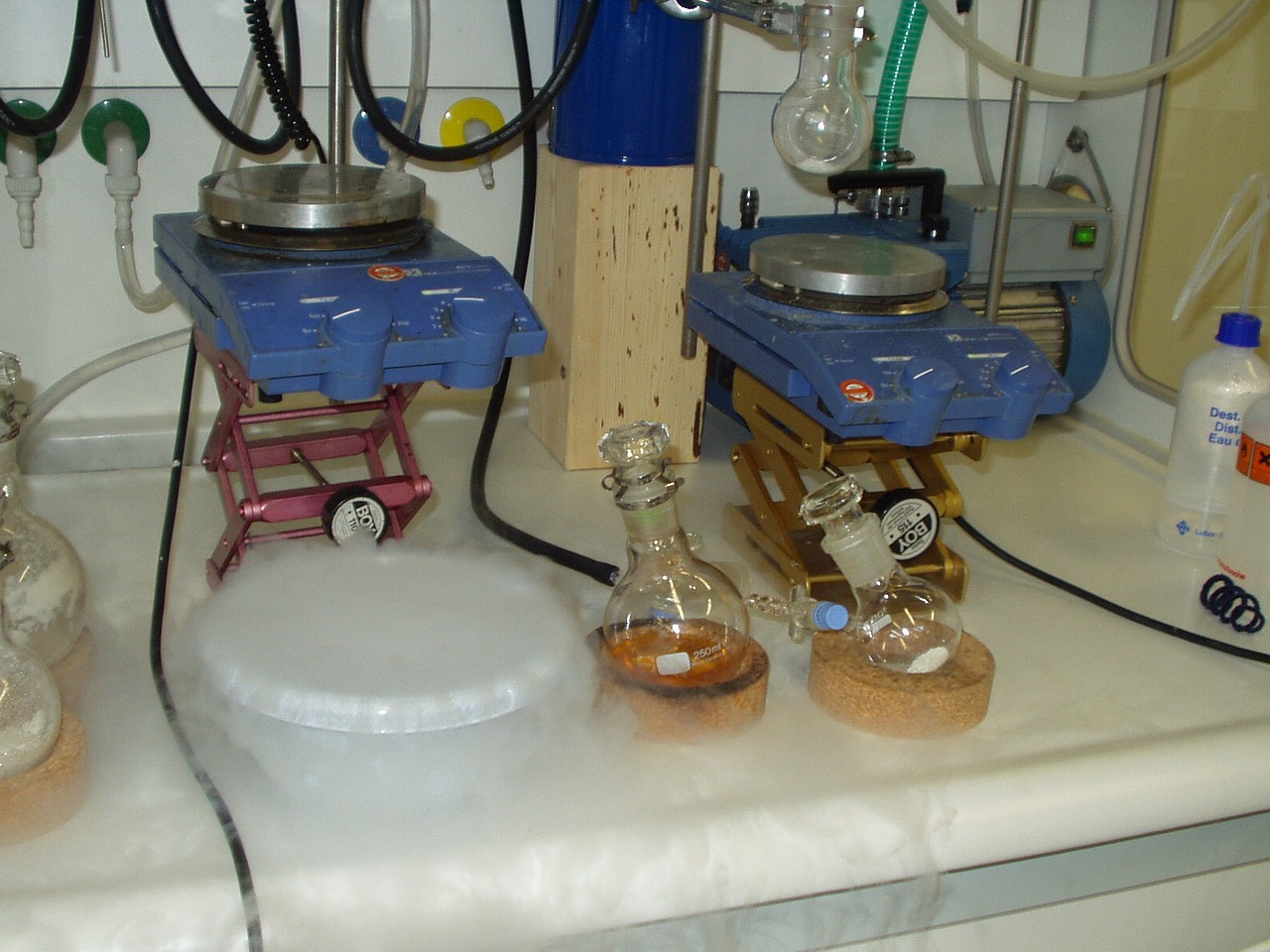What is a CAS Number?

What is a CAS Number?
Posted By City Chemical On Monday, 20 July 2020
In order to correctly identify specific chemicals, the Chemical Abstracts Service (CAS) has designated 163 million organic and inorganic compounds their own unique CAS Registry Number, a five-to-ten string of text in the form of xxxx-yy-z. It’s like a compound’s social security number: regardless of the compound’s name(s), it has only one CAS-Number. The implementation of the CAS-Number system has solved significant scientific complexities, most of which have made technical communication difficult. Because compounds may have a myriad of names and/or unusual and long names, the CAS-Number is a convenient way of specifying and identifying a compound without additional confusion. Take methanol, for example, which has an extensive list of commonly used synonyms1—methyl alcohol, wood alcohol, carbinol, methylol, hydroxymethyl, MeOH, etc. And those are only in English! If methanol is instead referred to by its CAS-Number 67-56-1, there is then a bridge that traverses all synonyms and languages. Additionally, CAS-Numbers are assigned to the specific forms of a compound to avoid even further confusion. While 1317-38-0 and 1317-39-1 both refer to Cupric Oxide compounds, the former appears as a wire whereas the latter is a black powd er. The question ‘Which form of Cupric Oxide?’ is thus eliminated by just a few digits. CAS-Numbers are particularly beneficial in laboratory environments, business transactions involving chemicals, and for educational purpose s. So, if you’re in any of these potential domains, CAS-Numbers are necessary tools that are 1) easily found on Google and 2) completely cost-free.
The CAS was originally founded in 1907 as a division of the American Chemical Society to help scientists easily access colleagues’ literature. About sixty years later, the registry introduced the CAS-Number to make chemical identification simpler and more seamless; and in 1980, the CAS online database was founded and proved to be invaluable to chemical research and the transmission of chemical information. The United States Environmental Protection Agency (USEPA) now relies on CAS numbers for the definite identification of chemical substances (EPA-United States Environmental Protection Agency 1998), as well as The European Union (EU) through the REACH (Regulation on Registration, Evaluation, Authorization and Restriction of Chemicals) candidate list, which relies on a proper identification of these problematic substances (REACH 2007). It’s essentially ubiquitous in the chemical world and effortless to access/utilize. Though there are various ways of finding a compound’s CAS-Number, the example below demonstrates one way of doing so.
1 Information found on PubChem, an open chemistry database at the National Institutes of Health(NIH). “Methanol.” National Center for Biotechnology Information. PubChem Compound Database, U.S. National Library of Medicine, pubchem.ncbi.nlm.nih.gov/compound/Methanol.
Two of the easiest and most credible sources to use when finding a compound’s CAS-Number are ChemIDplus from the National Library of Medicine and the NIST Chemistry Webbook from the National Institute of Standards and Technology. For simplicity, I’ll just explain using ChemIDplus. Begin by searching “ChemIDplus” in the Google search bar, and click on the first result to get to the main search page. It should read “ChemIDplus Advanced.” Then, simply enter the desired compound under “Substance Identification.” I’m going to use Ibuprofen for this example, only because my father and I recently had an argument about its validity. Notice that after searching Ibuprofen in the Substance Identification table, Ibuprofen was the main Substance Name. If I searched “Advil” instead of Ibuprofen, I would have to click on “Names and Synonyms” to clarify it is the same substance. If it directs you to the correct substance, the CAS-Number can be found directly under the substance name, where “RN” indicates the corresponding Registry Number. Note, however, that this is only if using the ChemIDplus website. These numbers are sometimes in square brackets and in other abbreviations on other websites. But no matter how you find the CAS-Number, remember that each compound, and form of that compound, will have its own CAS-Number . So, double check that the number and compound are the correct match., or its uses go down the drain.
City Chemical LLC sells various chemicals in bulk quantities. Visit https://www.citychemical.com/featured-chemicals.html to learn more and place order.

